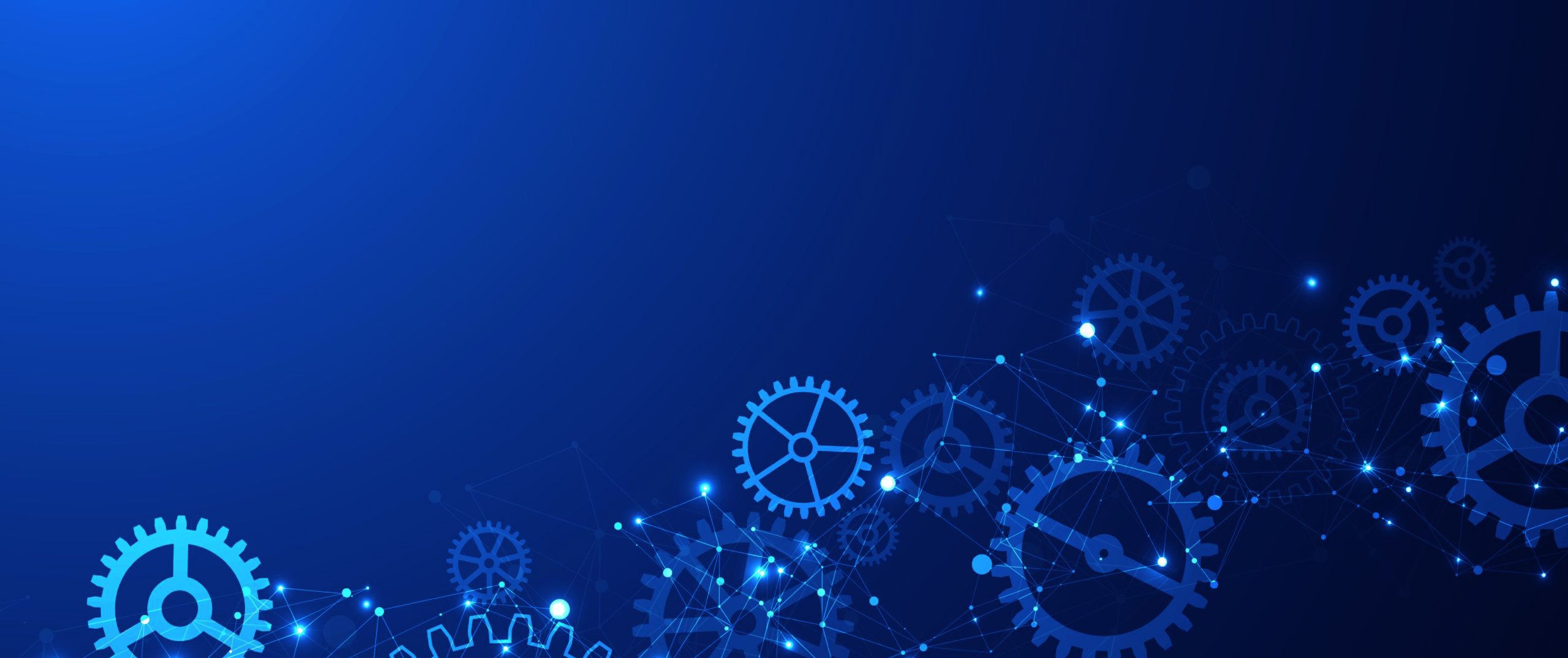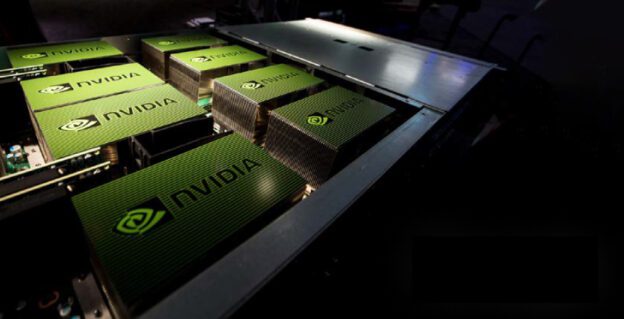8 hours of instruction
Find out how to use multiple GPUs to train neural networks and effectively parallelize\ntraining of deep neural networks using TensorFlow.
OBJECTIVES
- Stochastic Gradient Descent, a crucial tool in parallelized training
- Batch size and its effect on training time and accuracy
- Transforming a single-GPU implementation to a Horovod multi-GPU implementation
- Techniques for maintaining high accuracy when training across multiple GPUs
PREREQUISITES
None
SYLLABUS & TOPICS COVERED
- Introduction
- Meet the instructor
- Create an account
- Stochastic Gradient Descent And The Effects Of Batch Size
- Understand the issues with sequential single-thread data processing and the theory behind speeding up applications with parallel processing
- Explore loss function, gradient descent, and stochastic gradient descent (SGD)
- Learn the effect of batch size on accuracy and training time
- Training On Multiple GPUs With Horovod
- Discover the benefits of training on multiple GPUs with Horovod
- Learn to transform single-GPU training on the Fashion MNIST dataset to Horovod multi-GPU
- implementation
- Maintaining Model Accuracy When Scaling To Multiple GPUs
- Understand why accuracy can decrease when parallelizing training on multiple GPUs
- Explore tools for maintaining accuracy when scaling training to multiple GPUs
- Final Review
- Review key learnings and answer questions.
- Complete the assessment and earn a certificate.
- Complete the workshop survey.
- Learn how to set up your own AI application development environment.
SOFTWARE REQUIREMENTS
Each participant will be provided with dedicated access to a fully configured, GPU-accelerated workstation in the cloud.
Login
Accessing this course requires a login. Please enter your credentials below!

